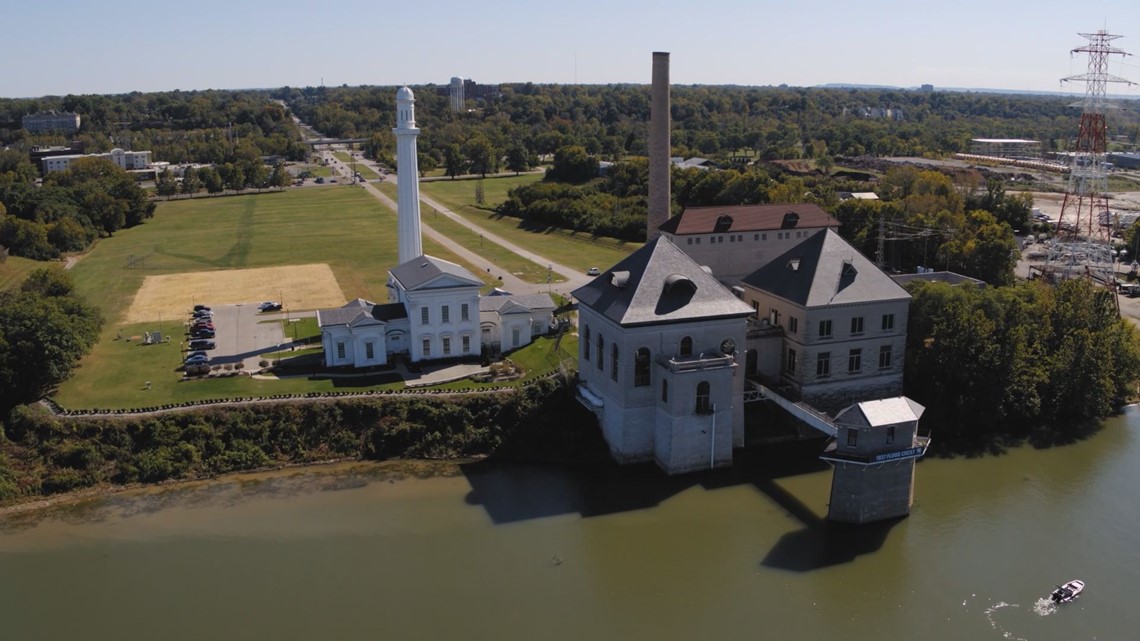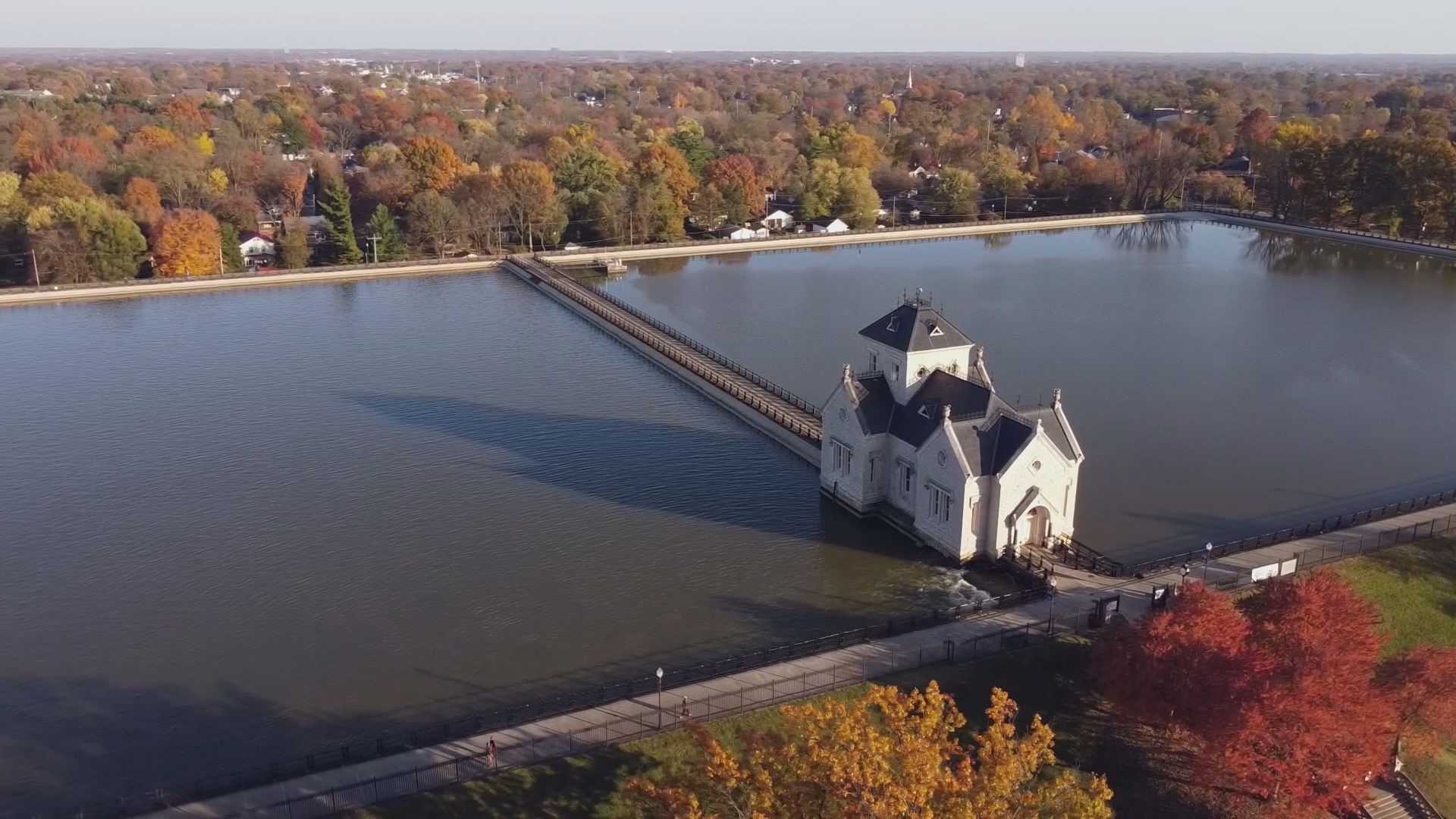LOUISVILLE, Ky. — Many might look at the Ohio River, see its various shades of brown or green, and think there's no way that water is clean, let alone safe, to drink.
Peter Goodman, director of water quality and treatment at the Louisville Water Company, says determining how safe the water is isn't quite as simple as just judging by looks.
"The brownness you see in the water isn't necessarily a really strong indicator of how dirty it is," he said. "How much treatment we have to do depends on the conditions in the river."
While it's true that the Ohio River is dirty with countless sources of agriculture, metropolitan, and commercial runoff -- it's where Louisvillians and neighboring Kentuckiana counties get their drinking water.
In fact, a recent report from American Rivers labeled the Ohio River as the "second most endangered river" in the United States. The report states that various sources of toxic waste from industrialization, mining, municipal, and agricultural sources are disposed of almost directly into the river.
Back in Louisville, water treatment is done in five main stages: initial screening, removal of coarse debris, removal of fine debris, disinfecting and corrosion control, and finally, pH balancing.
It's a process so extensive that multiple other cities in the United States ask Louisville how they do it and what can be done to improve water in their own water networks.
It starts at the in-take location where larger debris and marine life are screened out of the water.
"The process is important to think about as in what are the barriers we put in between that river and what it looks like from at any moment and when it comes to you in a glass," Goodman said. "So that's about settling it out, getting the things out, disinfecting it."


From there, he says water gets pumped to a reservoir where coarser sediment is filtered out. Coagulants are then added into the 100 million gallon reservoir to bind with very fine particles still floating in the water to further filter contaminants.
The water company then disinfects the water with precise levels of chlorine to remove microbes, bacteria, viruses, and other contaminants.
Ammonia is added to another tank to form chloramine -- a "stable disinfectant" that ensures the water stays clean as it travels through the system.
Goodman said corrosion control is also factored in at this stage to limit the chance of contamination from unknown lead pipes.


Dozens of Louisville scientists then monitor and test the water hundreds of times a day to catch even the slightest discrepancy in cleanliness – even taste.
He said the whole process takes about a day before the water leaves the distribution system.
"That temporal footprint allows us a lot of flexibility on making sure we're putting the right treatment in place to ensure the highest water quality we can provide," Goodman said.
River conditions factor into treatment
Treating water from the Ohio River takes more than Louisville alone.
All states that border the Ohio River are part of the Ohio River Valley Sanitation Commission.
The member states are in frequent communication with each other for an early-warning system of any potentially hazardous spills so preparations can be made for testing and treatment.
The careful work to turn cloudy, opaque water into something clear and clean is something Louisville Water Company takes special pride in.
Make it easy to keep up-to-date with more stories like this. Download the WHAS11 News app now. For Apple or Android users.
Have a news tip? Email assign@whas11.com, visit our Facebook page or Twitter feed.

